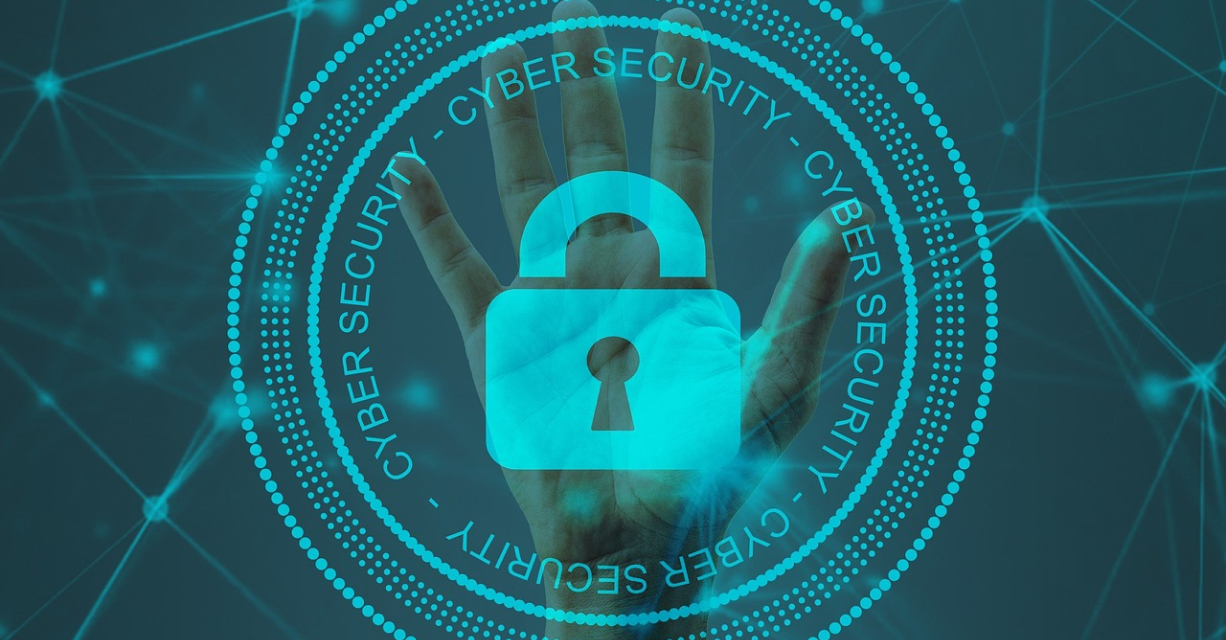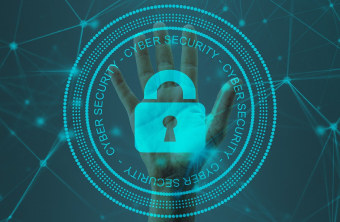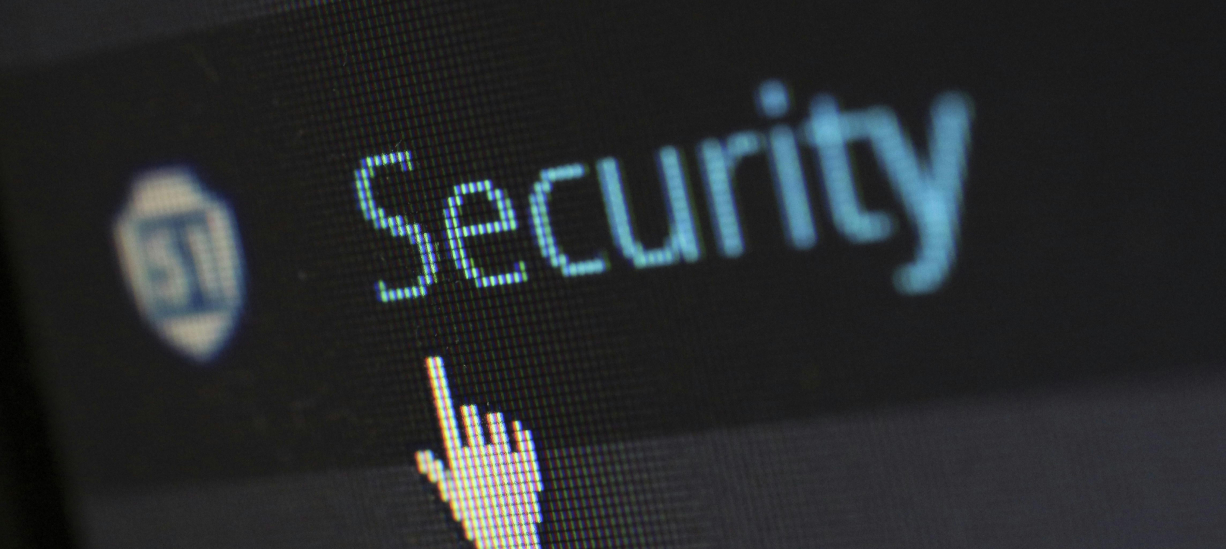

In today’s interconnected digital landscape, cybersecurity has become more critical than ever. With the proliferation of data breaches, ransomware attacks, and online fraud, protecting our data and privacy is paramount to safeguarding our digital identities and assets. In this blog post, we’ll explore the evolving landscape of cybersecurity threats in the digital age, discuss the potential risks they pose to individuals and organizations, and provide practical tips for enhancing your cybersecurity posture and protecting your sensitive information.
Cybersecurity threats come in many forms, from malicious software and phishing scams to social engineering attacks and insider threats. Malware, including viruses, ransomware, and spyware, can infect computers and networks, compromising sensitive data and disrupting operations. Phishing attacks attempt to trick users into divulging personal information or credentials through deceptive emails, websites, or messages. Social engineering tactics exploit human psychology to manipulate individuals into divulging sensitive information or performing actions that compromise security. Insider threats, whether intentional or unintentional, can pose significant risks to organizations by exploiting their trust and access privileges.
In an increasingly digital world, personal data has become a valuable commodity for cybercriminals seeking to exploit it for financial gain or malicious purposes. From identity theft and financial fraud to reputational damage and privacy violations, the consequences of data breaches can be far-reaching and devastating for individuals and organizations alike. Protecting your personal data and privacy requires vigilance, awareness, and proactive measures to mitigate risks and safeguard your sensitive information from unauthorized access or disclosure.
Maintaining good cybersecurity hygiene is essential for protecting yourself and your organization from cyber threats. This includes practices such as using strong, unique passwords for each account, enabling multi-factor authentication (MFA) wherever possible, keeping software and operating systems up to date with the latest security patches, and using reputable antivirus and anti-malware software to detect and remove threats. Additionally, exercising caution when clicking on links or downloading attachments from unknown sources, avoiding public Wi-Fi networks for sensitive transactions, and regularly backing up your data to secure, offsite locations can help mitigate the impact of potential security incidents.


In an era of widespread digital surveillance and data collection, protecting your digital footprint is essential for preserving your privacy and maintaining control over your personal information. This includes being mindful of the data you share online, reviewing and adjusting privacy settings on social media platforms and other online accounts, and limiting the amount of personal information you disclose in public forums or on public websites. Additionally, using privacy-enhancing tools such as virtual private networks (VPNs), encrypted messaging apps, and browser extensions can help safeguard your online activities and communications from prying eyes.
Ultimately, cybersecurity is everyone’s responsibility, and building a culture of cybersecurity awareness is crucial for creating a more resilient and secure digital ecosystem. This involves educating individuals and organizations about the latest cyber threats and best practices for mitigating risks, promoting a culture of accountability and transparency when it comes to cybersecurity, and fostering collaboration and information sharing among stakeholders to address emerging threats and vulnerabilities. By empowering individuals with the knowledge and tools they need to protect themselves online, we can collectively work towards a safer and more secure digital future.
In an increasingly interconnected and digitized world, cybersecurity has become a critical imperative for protecting our data, privacy, and digital identities from a myriad of cyber threats. By understanding common cybersecurity threats, practicing good cybersecurity hygiene, securing our digital footprints, and building a culture of cybersecurity awareness, we can better safeguard ourselves and our organizations from the ever-evolving landscape of cyber threats in the digital age. Together, we can work towards a more secure and resilient digital future where trust, privacy, and security are prioritized and upheld.